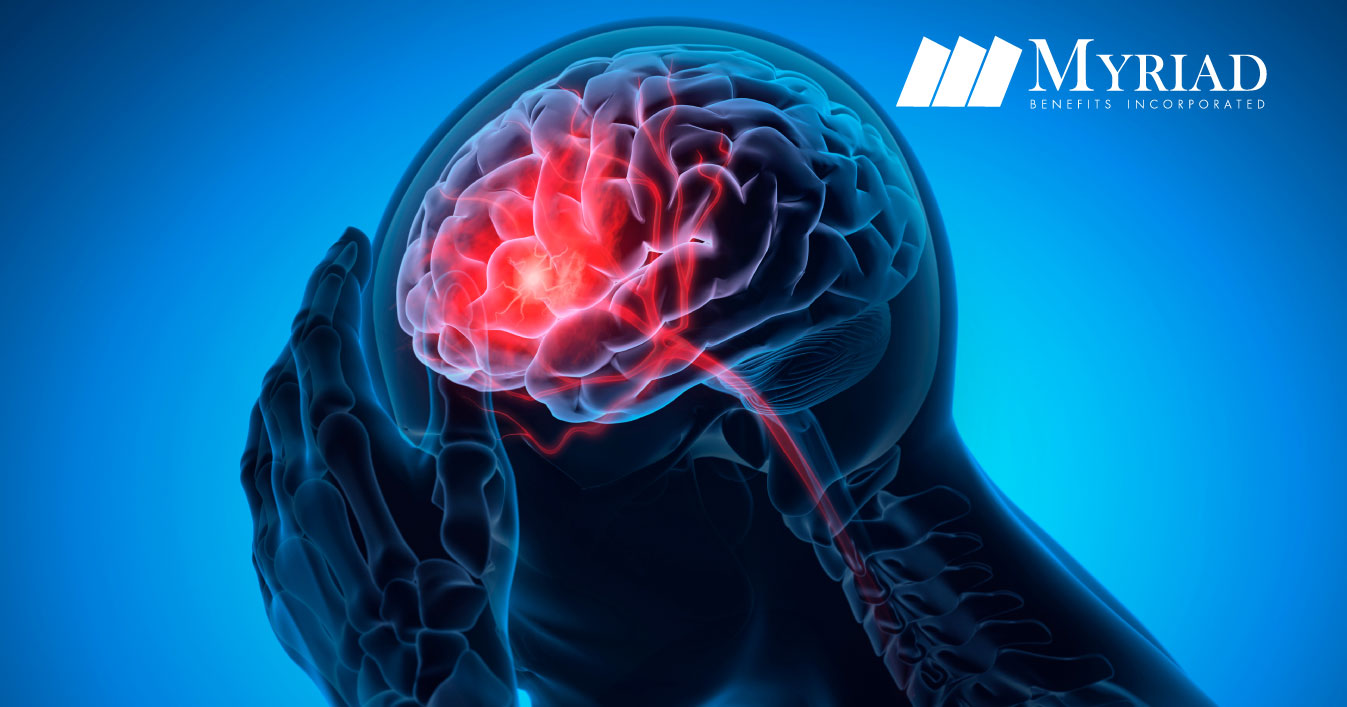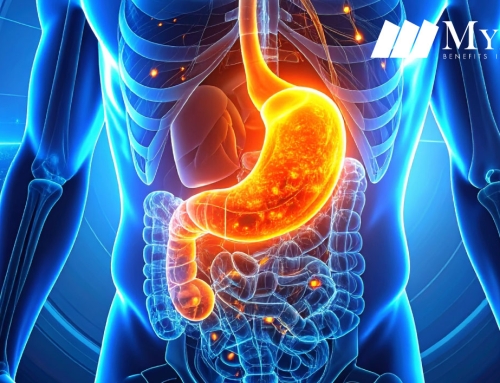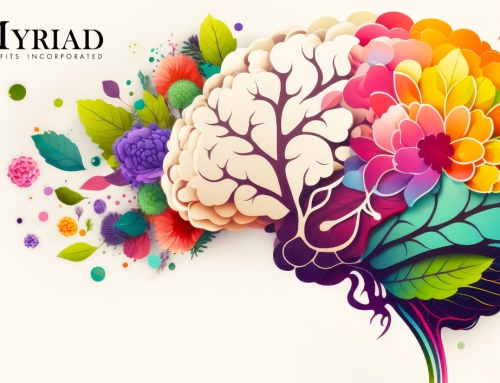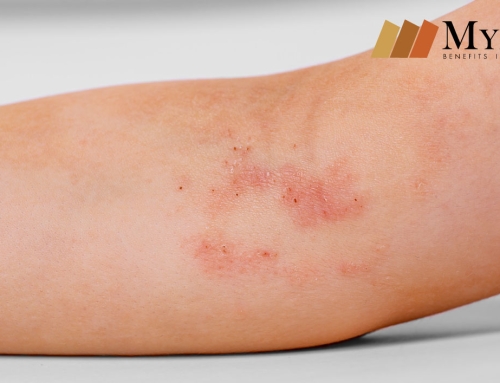May is the month we dedicate to the prevention of stroke or “stroke”. For educational purposes, it is important to mention that the 3 most common types of strokes are:
- Hemorrhagic stroke – occurs when a blood vessel in the brain area ruptures; this prevents the brain from receiving oxygen.
- Ischemic stroke – is the most common type of attack or stroke; it occurs when a clot obstructs a vessel that supplies blood to the brain.
- Transient ischemic attack – is a temporary blockage of blood flow to the brain. The clot usually dissolves on its own or breaks off, but it does produce the same symptoms as a stroke.
Data of interest:
- Most common after age 55 (can occur at any age)
- Some people can fully recover, while many remain disabled.
- At least 80% of strokes can be prevented with lifestyle changes.
Your actions can save lives and prevent disabilities
Note possible warning signs:
- Face down: Is there facial paralysis or numbness on one side of the face? Ask the person to smile. Is the person’s smile uneven or crooked?
- Loss of arm strength: Does one arm feel weak or numb? Ask the person to raise their arms. One of your arms falls off?
- Difficulty speaking: Ask the person to repeat a simple sentence. Does the person drag words or speak in strange ways?
Ask for Help! Call 9-1-1: Report everything you have observed; tell us the time when you identified the first warning signs.
Lead a healthy lifestyle, exercise, and manage stress. Avoid overeating saturated fats and sugars. Avoid the use of alcohol, drugs or tobacco.
Source: American Heart Association







